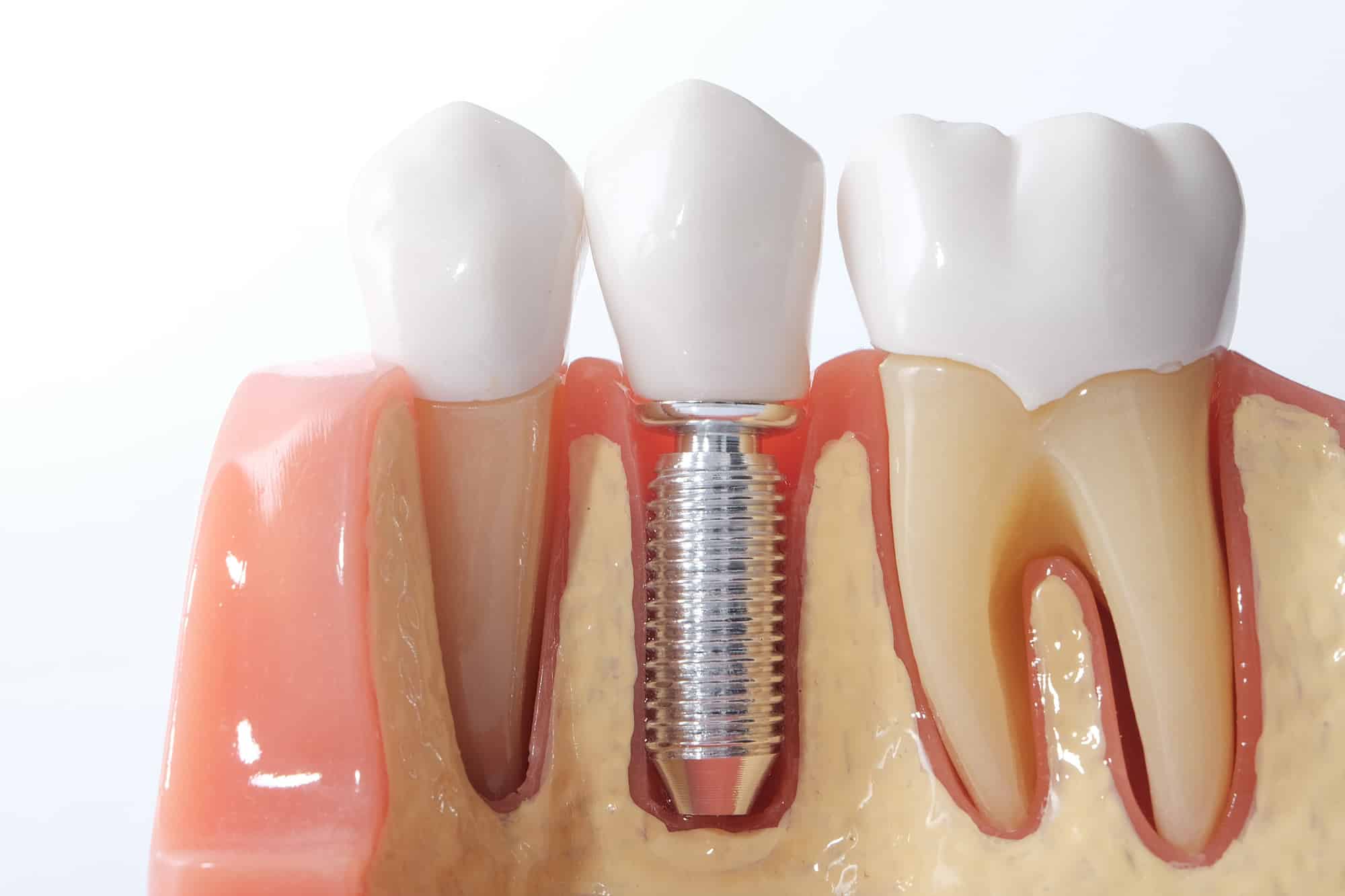More than 36 million Americans don’t have any teeth. At least another 120 million people are missing at least one tooth.
Having teeth missing is a serious issue. This can make it difficult to eat or talk. People with missing teeth may also feel self-conscious about their appearance.
People suffering from tooth loss often choose implants to help replace missing teeth. Mini implants are an alternative to traditionally-sized variations.
But what are mini dental implants? How do they compare to the traditional variety? Continue reading to find out.
What Are Mini Dental Implants?
Mini dental implants (MDIs) provide extra support for dentures or crowns. They’re used in place of traditional implants in certain circumstances, such as narrow spaces in the mouth. They’re also used if a person’s jaw bone isn’t a specific density.
MDIs may also be used to replace either premolars or front teeth. People with small teeth may need mini-implants instead of traditional ones.
Other circumstances might prove mini dental implants a better choice than traditional options. Only a dentist can determine which situations warrant their use.
Mini Dental Implants vs. Traditional
The main difference between MDIs and traditional implants is their size. Traditional implants will be larger than 3 mm, while mini-implants will be smaller than 3 mm.
Another difference is the complexity of each.
Mini-implants are made of one solid piece that screws into the jaw bone. On top of the screw looks like a ball, which is usually encircled by an O-ring.
Traditional implants are two separate pieces. The first is an external screw that goes into the jaw bone. The second is an abutment, which is placed over the screw, so a crown or dentures can be attached.
What’s the Procedure to Have Mini Dental Implants Placed?
The procedure to have mini dental implants placed is very simple. A dentist will administer anesthesia. Once the anesthesia has set in, they’ll drill holes into the bone at the implant placement site.
The mini-implants will then be screwed into the holes and tightened with a winged wrench. To ensure the implants are fully secured, a ratchet wrench is used to finish tightening them.
Once the implants are in place, the prosthetic will be measured against the hole. Once the correct placement is determined, the prosthetic is sent to the lab to have holes drilled.
The prosthetic will fit directly over the new implants. Sometimes, these are ready on the same day. Other times, it takes up to a few weeks for the prosthetic to come back.
Do You Have More Questions About Mini Dental Implants?
Mini dental implants are like traditional options. The primary differences are that MDIs are smaller and less complex. They’re a good option for people who have naturally small teeth or density loss in the jaw bone.
Do you have more questions about mini dental implants? Contact us today. One of our associates would be happy to answer any questions you still have.

